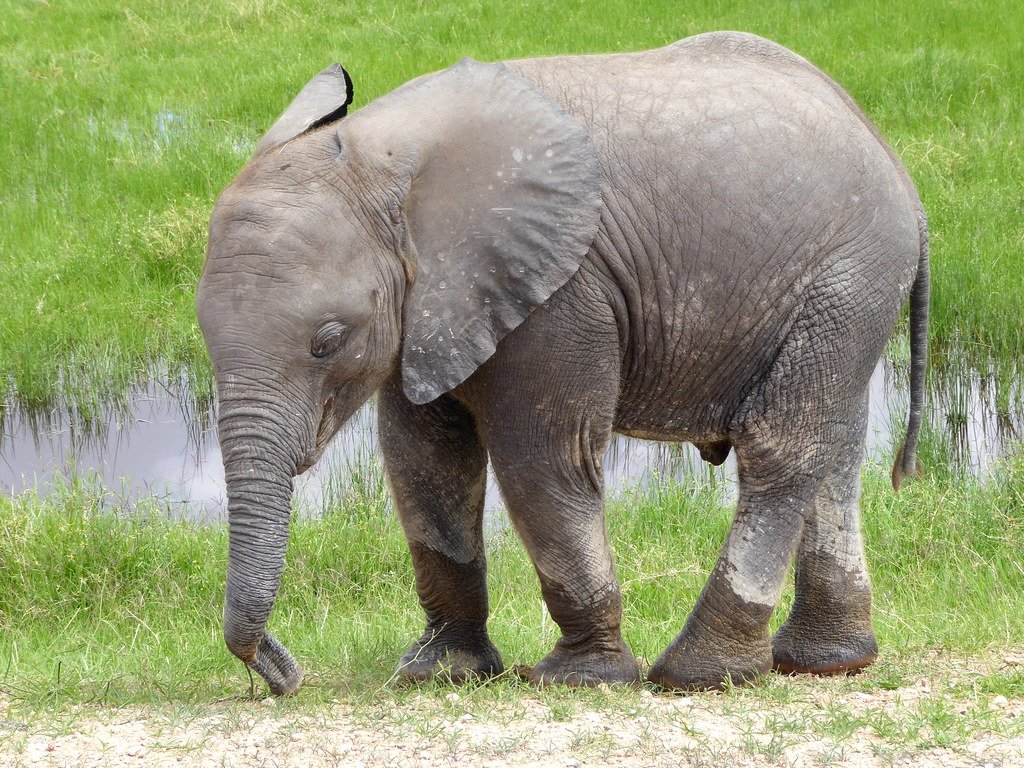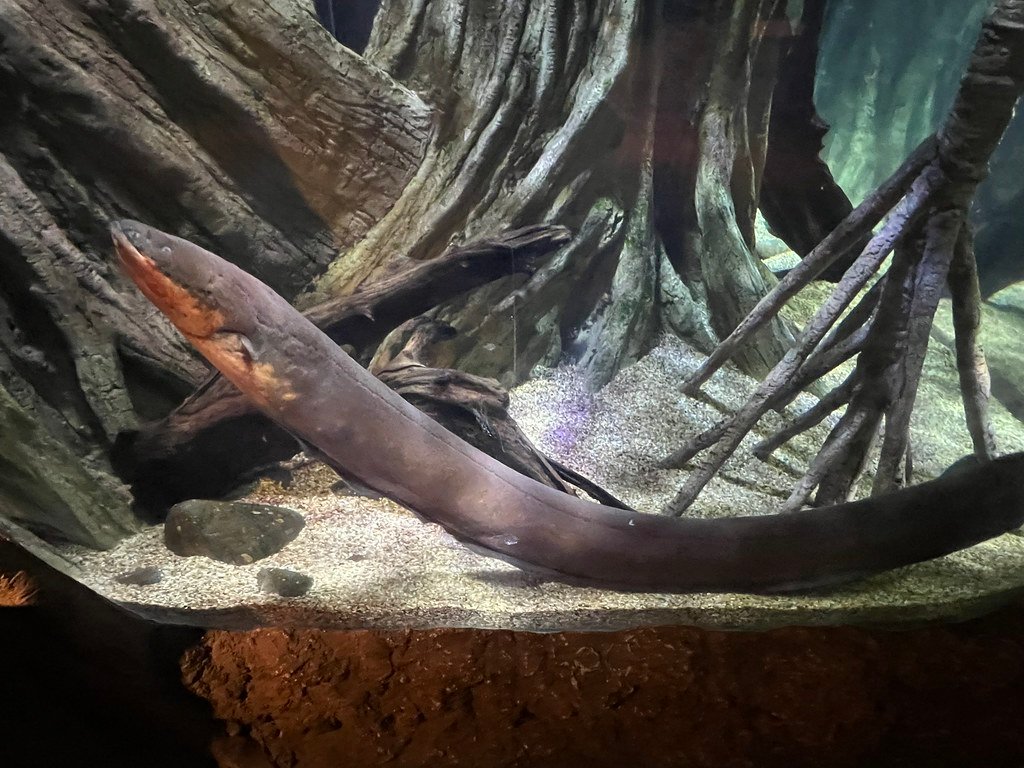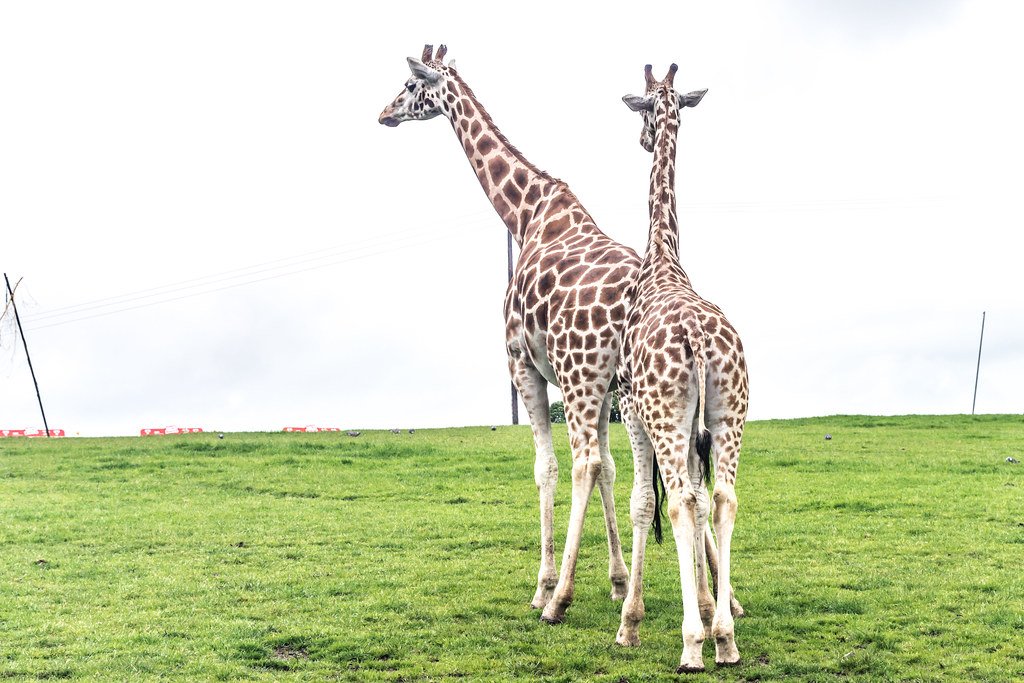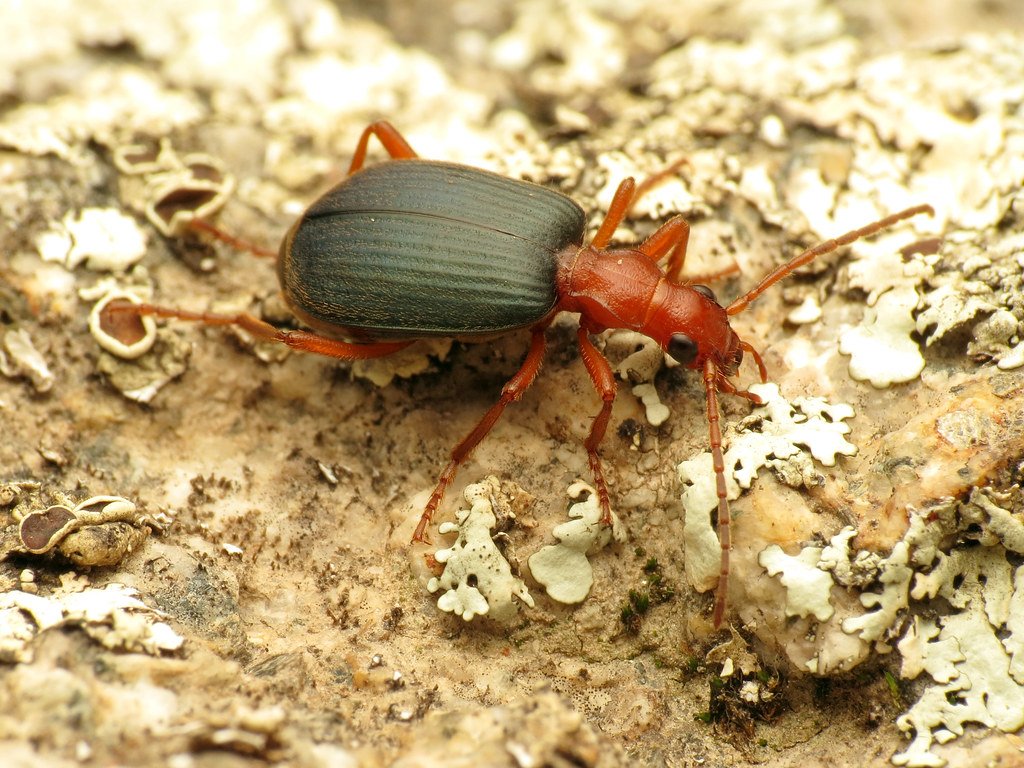Mother Nature has some serious tricks up her sleeve. You might think you know animals pretty well, but trust me, the natural world is packed with features so bizarre they sound like something from a sci-fi movie. Yet when you dig deeper, these seemingly impossible traits make perfect sense. From animals that can literally see through their own heads to creatures that weaponize their snot, evolution has crafted solutions that are both mind-blowing and brilliantly logical.
Dolphins Use Echolocation Like Natural Sonar Systems

Imagine being able to see with sound – that’s exactly what dolphins do every single day. These marine mammals produce clicking sounds through specialized tissues in their heads, then listen as the echoes bounce back from objects around them. It’s like having a built-in GPS system that works in the murky depths where sunlight can’t reach. The returning sound waves create a detailed 3D map in the dolphin’s brain, allowing them to hunt, navigate, and even peek inside other dolphins to check if they’re pregnant. This echolocation system is so precise that dolphins can detect objects as thin as fishing wire from several feet away.
Elephants Communicate Through Their Feet

While we’re busy chatting on our phones, elephants are having conversations through the ground beneath their feet. These gentle giants produce low-frequency rumbles called infrasonic calls that travel through solid earth for miles. Other elephants pick up these vibrations through specialized receptors in their feet and trunks, creating an underground communication network that spans vast distances. It’s like having a natural internet connection that works even when herds are separated by several miles. This foot-based communication system helps elephants coordinate movements, warn of dangers, and even express emotions to distant family members.
Mantis Shrimp Possess the Most Complex Eyes in the Animal Kingdom

If you think your smartphone camera is impressive, wait until you hear about mantis shrimp eyes. These underwater warriors have 16 different types of color receptors compared to our measly three, meaning they can see colors we can’t even imagine. Their eyes move independently of each other and can detect polarized light, ultraviolet rays, and even circular polarized light – something no other animal on Earth can do. Each eye has three separate regions that provide trinocular vision, giving them depth perception that puts our binocular vision to shame. Scientists are still trying to understand how their brains process all this visual information without getting completely overwhelmed.
Octopuses Have Three Hearts and Blue Blood

Picture this: you’re an octopus swimming through the ocean with not one, not two, but three hearts pumping blue blood through your body. Two of these hearts are dedicated solely to pumping blood through the gills, while the third handles the rest of the body’s circulation. The blue color comes from copper-based hemocyanin instead of iron-based hemoglobin like we have, which is actually more efficient at carrying oxygen in cold, low-oxygen environments. When an octopus swims, the main heart stops beating, which is why they prefer crawling along the ocean floor to avoid exhaustion. This triple-heart system ensures that oxygen reaches every corner of their incredibly flexible, boneless bodies.
Arctic Foxes Change Their Entire Appearance Seasonally

Talk about the ultimate seasonal wardrobe makeover – arctic foxes literally transform their entire appearance twice a year. During summer, they sport a sleek brown coat that helps them blend with the tundra landscape, but as winter approaches, they grow a thick, pure white coat that provides both camouflage and insulation. This isn’t just about changing colors; their winter coat has twice as many hair follicles as their summer fur, creating an incredibly efficient insulation system. The transformation is triggered by changes in daylight hours, not temperature, which means these clever foxes start preparing for winter long before the first snowfall. Their winter coats are so effective that arctic foxes can maintain their body temperature even when the air drops to minus 70 degrees Fahrenheit.
Flamingos Stand on One Leg to Conserve Body Heat

You’ve probably wondered why flamingos always seem to be practicing yoga poses by standing on one leg. This isn’t just for show – it’s actually a brilliant energy-saving strategy that helps them regulate body temperature. When a flamingo pulls one leg up into its feathers, it reduces heat loss by nearly half since legs have minimal feather coverage and lose heat rapidly in water. Standing on one leg also requires less muscular effort than you might think, thanks to a special locking mechanism in their leg joints. This allows them to maintain the position even while sleeping, turning what looks like an uncomfortable balancing act into the most energy-efficient way to stay warm.
Honeybees Navigate Using Polarized Light Patterns

While we rely on GPS to find our way around, honeybees have been using a far more sophisticated navigation system for millions of years. These tiny insects can detect polarized light patterns in the sky that are completely invisible to human eyes, creating a natural compass that works even on cloudy days. The polarization patterns form a consistent web across the sky based on the sun’s position, giving bees a reliable reference point for navigation. They also use landmarks, sun position, and even the Earth’s magnetic field to create mental maps of their territory. A single bee can remember thousands of different locations and the most efficient flight paths between them, making them nature’s ultimate delivery specialists.
Penguins Huddle in Rotating Groups for Survival

Emperor penguins have mastered the art of survival in Antarctica through one of the most elegant group strategies in the animal kingdom. When temperatures plummet and winds howl, thousands of penguins form massive huddles that slowly rotate like a living, breathing carousel. The penguins on the outside gradually move toward the center while those in the warm interior work their way to the edges, ensuring everyone gets a turn in the toasty middle. This rotation system means that no individual penguin has to endure the brutal exterior conditions for too long, and the temperature inside the huddle can be up to 70 degrees warmer than the surrounding air. It’s like having a natural heating system that runs on pure cooperation and social instinct.
Vampire Bats Share Blood Through Regurgitation

Here’s something that might make you squirm but is actually incredibly heartwarming when you think about it – vampire bats share their blood meals with hungry colony members through regurgitation. When a bat returns from a successful feeding, it will literally vomit up blood to feed colony mates who couldn’t find a meal that night. This blood-sharing behavior is based on reciprocity; bats remember who helped them in the past and are more likely to return the favor. Without this sharing system, a bat would die after just three days without food, but with it, the entire colony’s survival rate increases dramatically. It’s essentially a vampire bat social security system where everyone takes care of everyone else.
Geckos Walk on Walls Using Atomic Forces

Forget suction cups or sticky glue – geckos have figured out how to use the fundamental forces of physics to walk on any surface. Their toe pads are covered in millions of tiny hairs called setae, each thinner than a human hair and split into even tinier branches called spatulae. These microscopic structures get so close to surface molecules that they create van der Waals forces – the same atomic attraction that holds molecules together. A single gecko foot has enough adhesive power to support the entire animal’s body weight, yet they can lift their feet effortlessly by changing the angle of contact. This system works on any material, whether it’s glass, metal, or even surfaces covered in water, making geckos the ultimate wall-climbing specialists.
Hummingbirds Enter Torpor to Survive Cold Nights

Hummingbirds might look delicate, but they’ve developed one of the most extreme survival strategies in the bird world. During cold nights, these tiny powerhouses can slow their metabolism by up to 95 percent, entering a state called torpor that’s almost like suspended animation. Their heart rate drops from over 1,000 beats per minute to just 50, and their body temperature can fall by 50 degrees Fahrenheit. This dramatic slowdown allows them to survive on the limited energy reserves stored in their tiny bodies, essentially hitting the pause button on their super-fast lifestyle. When morning comes, it takes them up to an hour to warm up and return to their normal hyperactive state, like a tiny feathered computer rebooting after hibernation mode.
Sloths Only Defecate Once a Week

In a world obsessed with speed and efficiency, sloths have taken the opposite approach and turned it into an art form. These slow-motion mammals only descend from their trees to defecate once every 5-7 days, losing up to 30 percent of their body weight in the process. This might seem like terrible bathroom planning, but it’s actually a brilliant survival strategy that minimizes their exposure to ground predators. During their weekly toilet trip, sloths perform a little wiggle dance that helps fertilize the tree they call home, creating a mutually beneficial relationship with their host plant. Their incredibly slow digestion system, with a four-chambered stomach like a cow, allows them to extract maximum nutrition from leaves that most animals can’t even digest.
Electric Eels Generate Enough Power to Light Up a Christmas Tree

Electric eels aren’t actually eels at all, but these South American fish can generate electrical discharges of up to 600 volts – enough to power a small household appliance. They have three specialized organs filled with thousands of cells called electrocytes that work like biological batteries, creating electrical fields for navigation, communication, and stunning prey. The weak electrical fields they constantly produce help them navigate murky waters and detect nearby objects, while the powerful shocks are reserved for hunting and defense. These living power plants can coordinate their electrical timing so precisely that they can increase voltage by linking up with other electric eels, like connecting batteries in series. It’s basically nature’s version of a biological power grid that runs entirely on fish power.
Giraffes Have Special Valves to Prevent Brain Damage

Having a head that’s 15 feet off the ground creates some serious plumbing problems, but giraffes have evolved an ingenious cardiovascular system to handle the pressure. When a giraffe lowers its head to drink water, blood would normally rush to the brain with potentially deadly force, but special one-way valves in their neck arteries prevent this dangerous blood surge. Their hearts are absolutely massive – weighing up to 25 pounds and generating blood pressure twice as high as humans – just to pump blood all the way up to their heads. The walls of their arteries are incredibly thick and elastic to handle this intense pressure, and they have a complex network of blood vessels called the rete mirabile that helps regulate blood flow to the brain. It’s like having a built-in pressure regulation system that would make any engineer jealous.
Bombardier Beetles Create Chemical Explosions

When threatened, bombardier beetles basically turn themselves into tiny chemical warfare specialists, mixing two harmless chemicals in a special chamber to create a boiling hot, explosive spray. The reaction reaches temperatures of over 200 degrees Fahrenheit and shoots out at 500 times per second, creating a pulsed jet that can be aimed with remarkable precision. This biological explosion is created by mixing hydrogen peroxide and hydroquinones with special enzymes, producing a reaction so violent it would be dangerous if it happened all at once. The beetle’s body has special reinforced chambers and valves that can withstand these repeated explosions without self-destructing. It’s essentially carrying around a tiny rocket engine that runs on body chemistry and can fire on command to ward off predators.
The animal kingdom continues to surprise us with innovations that seem impossible until you understand the science behind them. Each of these remarkable features represents millions of years of evolutionary problem-solving, where survival pressures led to solutions that are both wildly creative and perfectly logical. From dolphins using sound to see to beetles creating chemical explosions, nature proves that the most effective solutions often come from thinking completely outside the box. What other incredible adaptations might be hiding in plain sight, just waiting for us to notice and appreciate their brilliant simplicity?



